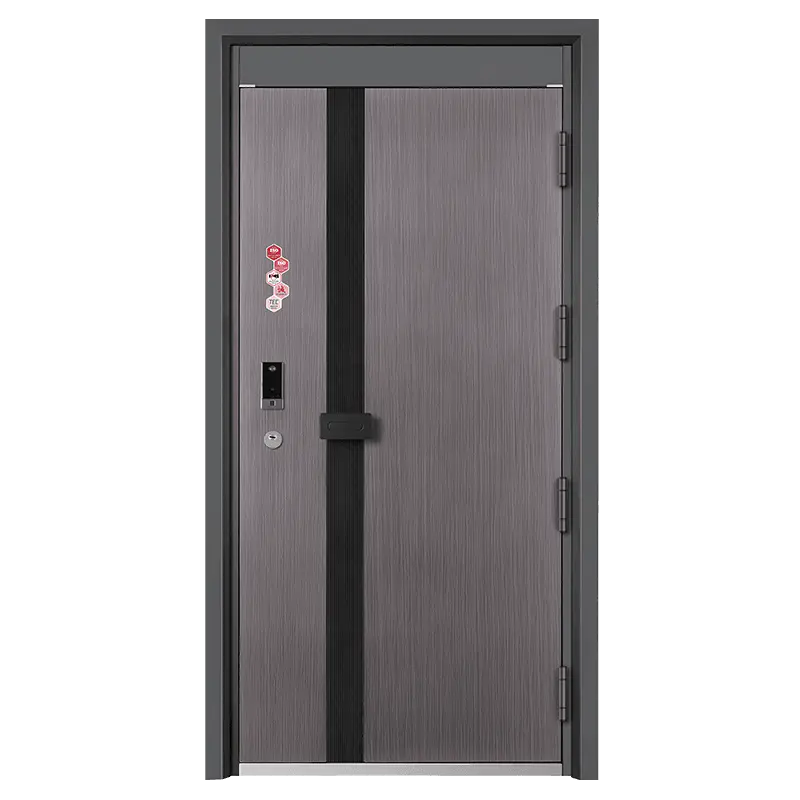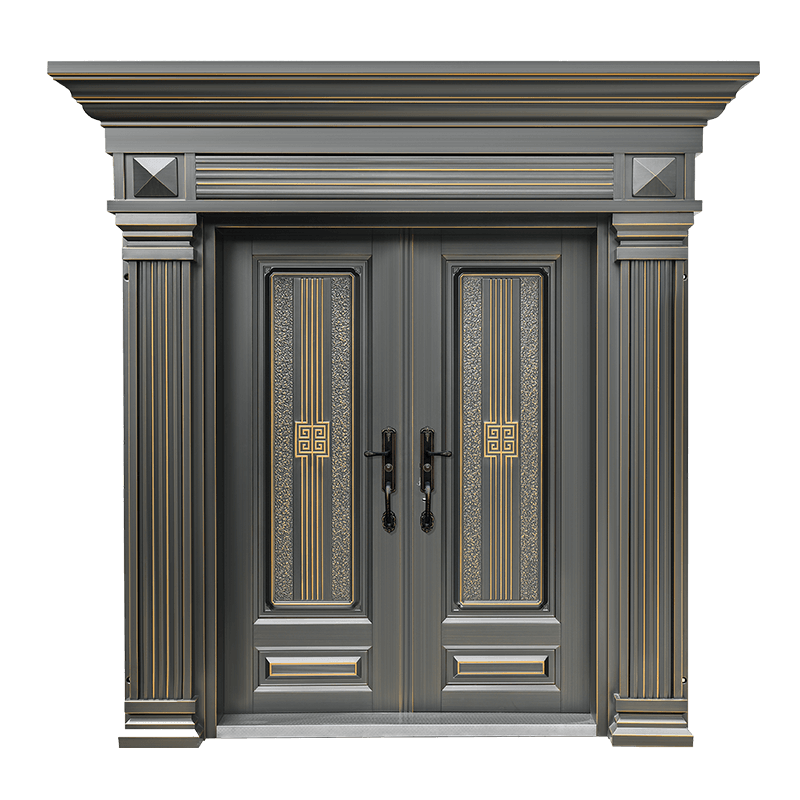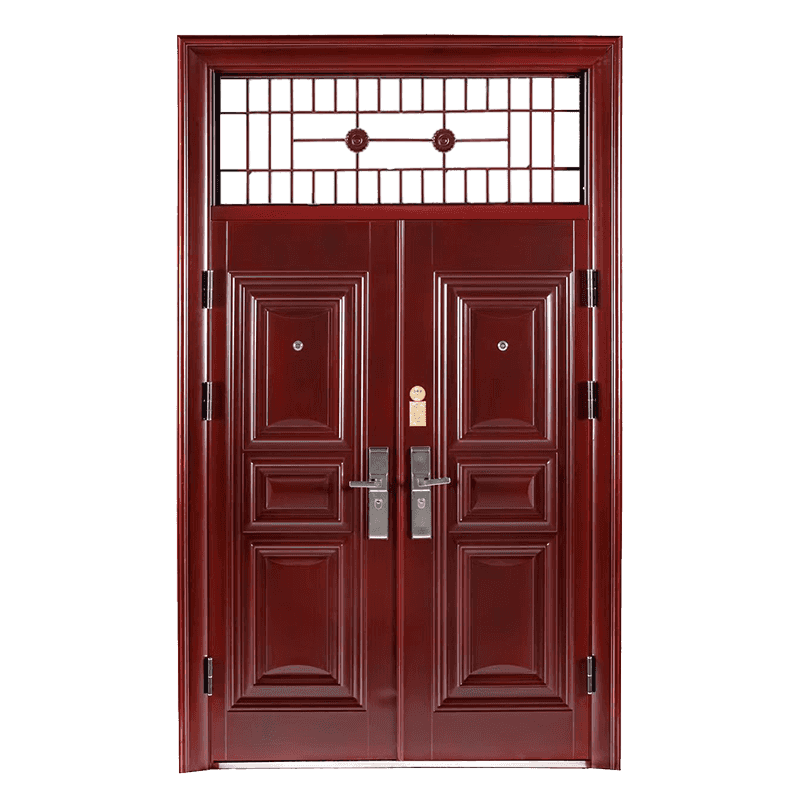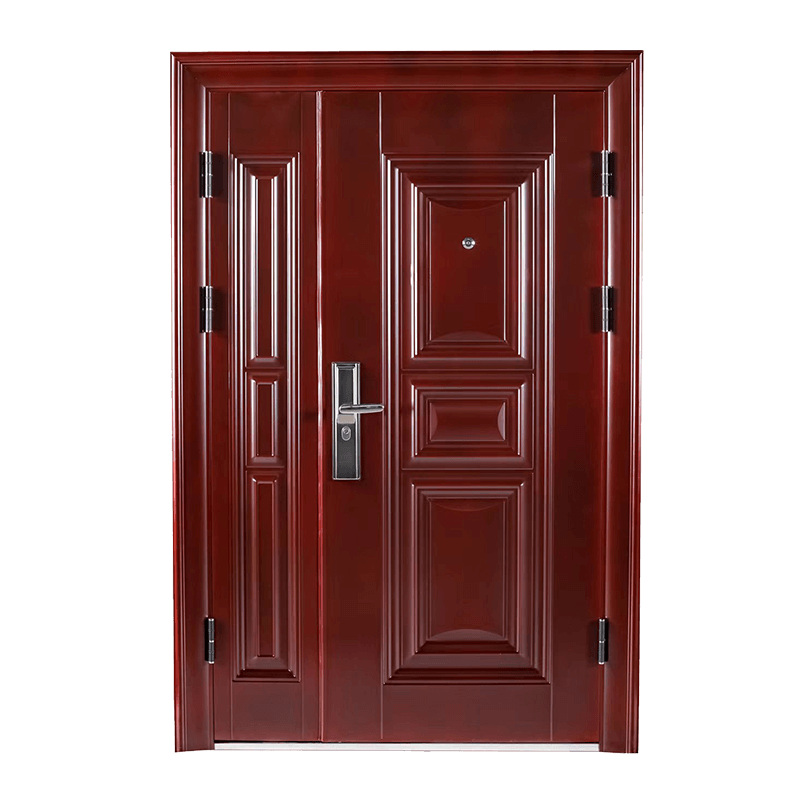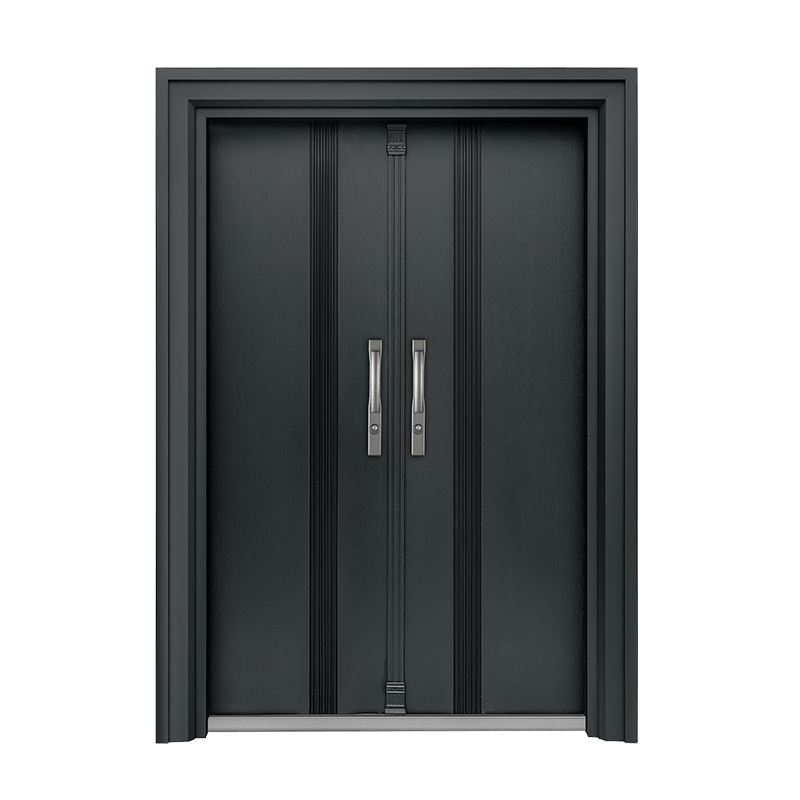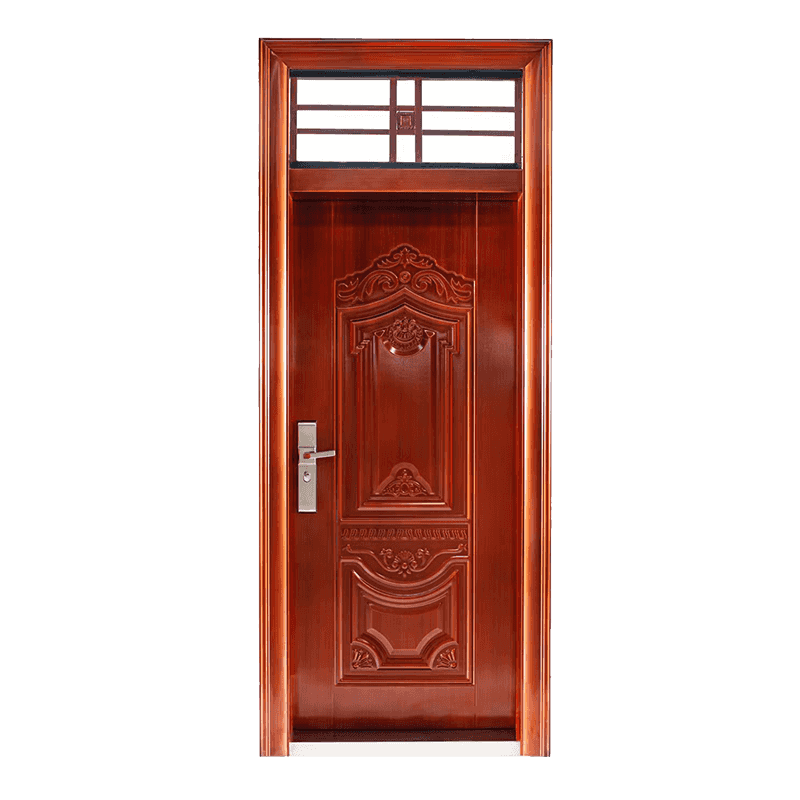Balancing Waterproofing and Ventilation in Kitchen And Bathroom Steel Door Design
Oct 27, 2025
Importance of Balancing Waterproofing and Ventilation
In kitchens and bathrooms, high humidity and frequent water exposure create unique challenges for door design. A Kitchen And Bathroom Steel Door must prevent water intrusion to avoid corrosion, swelling, or structural damage, while also allowing sufficient ventilation to reduce condensation and maintain indoor air quality. Achieving a balance between waterproofing and airflow is crucial for durability, safety, and user comfort.
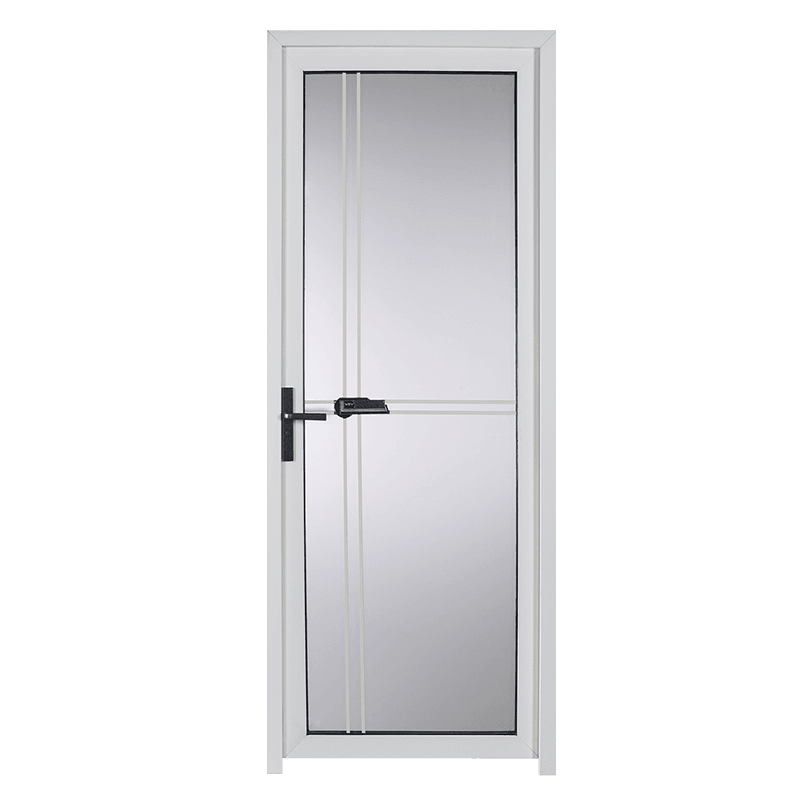
Material Selection for Moisture Resistance and Durability
- Galvanized Steel: Offers corrosion protection and a solid base for water-resistant coatings.
- Stainless Steel: Naturally resistant to rust and suitable for humid environments, providing both waterproofing and longevity.
- Composite Panels: Integrating moisture-resistant cores or laminates can enhance water resistance while allowing customized ventilation openings.
- Powder-Coated Finishes: Prevent water penetration and protect the steel surface from corrosion.
Waterproofing Strategies
- Sealed Edges and Joints: Properly sealed door edges prevent water from seeping into panels or frames, protecting internal components.
- Raised Thresholds: Elevating the bottom of the door or including drip channels directs water away from the structure.
- Waterproof Gaskets and Strips: Installing resilient gaskets along door frames ensures tight sealing against splashes or leaks.
- Slope and Drainage Design: Angled surfaces help water run off instead of accumulating on the door, reducing the risk of corrosion.
Ventilation Considerations
- Ventilation Grilles or Louvers: Strategically placed vents allow airflow without compromising waterproofing, reducing condensation inside the door cavity.
- Micro-Perforated Panels: Small perforations can promote passive ventilation while reducing direct water penetration.
- Adjustable Vent Openings: Some designs include vents that can be opened or closed based on humidity levels or seasonal requirements.
- Integration with Exhaust Systems: Ventilation openings can complement room exhaust fans, ensuring air circulation without creating leak paths.
Balancing Waterproofing and Ventilation
- Positioning of Vents: Place vents higher on the door or in recessed sections to prevent direct water entry from splashes or cleaning.
- Water Shields and Deflectors: Incorporate small overhangs or deflectors above vents to maintain airflow while blocking water.
- Material Selection for Vent Components: Use corrosion-resistant metals or coated plastic for vent grilles to ensure long-term durability.
- Sealing Around Frames: Maintain tight seals around door frames to compensate for water that may bypass vents, protecting structural integrity.
Installation Practices
- Level and Secure Mounting: Proper alignment ensures water drains correctly and ventilation functions efficiently.
- Avoid Direct Splash Zones: Position doors to decrease exposure from sinks, showers, or dishwashing areas.
- Inspect Seals and Gaskets: Regularly check waterproof seals to prevent leaks and maintain ventilation efficiency.
- Complementary Hardware: Use stainless steel hinges, handles, and locks to resist moisture and maintain smooth operation.
Maintenance and Performance Monitoring
- Cleaning and Inspection: Regularly remove dust or debris from vents to maintain airflow and prevent mold growth.
- Re-Coating and Gasket Replacement: Touch up protective coatings and replace gaskets to preserve both waterproofing and ventilation over time.
- Environmental Monitoring: Observe humidity levels in the room to adjust ventilation as needed for suitable performance.
Integrated Design for Functionality and Durability
Designing a Kitchen And Bathroom Steel Door that balances waterproofing and ventilation requires careful material selection, precise engineering, and thoughtful installation. Properly sealed edges, raised thresholds, and high-quality coatings prevent water damage, while strategically placed vents, deflectors, and airflow channels maintain healthy indoor air quality. By integrating these strategies, designers can ensure that steel doors in kitchens and bathrooms remain durable, corrosion-resistant, and comfortable for long-term use, delivering both safety and functionality in high-humidity environments.

 English
English 中文简体
中文简体 Français
Français Español
Español عربى
عربى